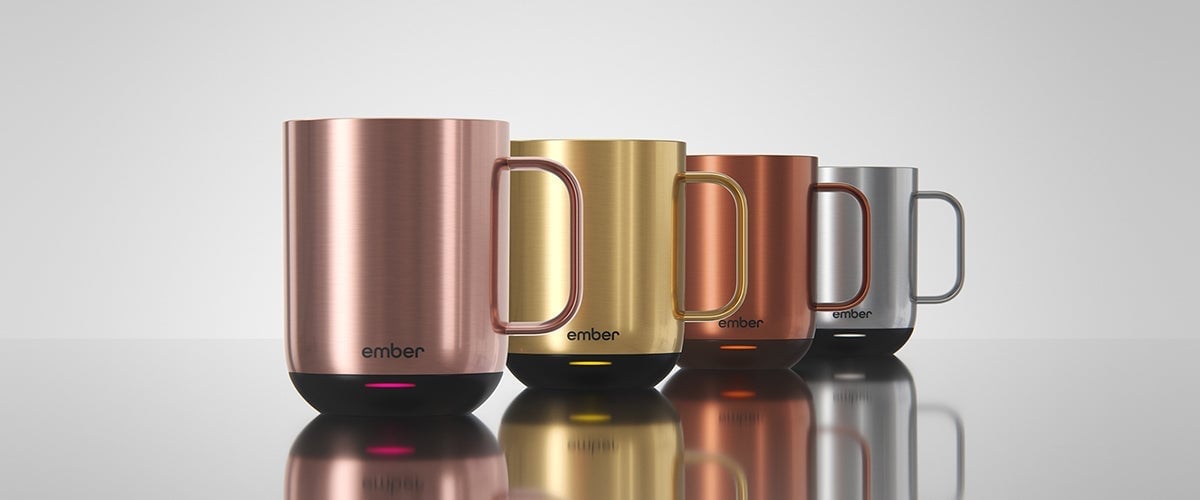
Eyebobs Saves Hundreds of Thousands of Dollars and Improves the Customer Experience With Celigo

“One of the nicest things about Celigo is we can run really large sales and be confident that all the orders will come in without a hiccup. It’s not just an out-of-the-box solution. Celigo knows that each customer is specific and customizable. We’ve saved at least two-and-a-half people and $90,000, but I’d say it’s probably in the neighborhood of over $200,000.”
Chris Peterson
Senior Manager of Revenue,
eyebobs
Ecommerce & Retail / Healthcare
Minneapolis, MN
About
Eyebobs is an eyewear company started by Julie Allinson in 2001 with a vision to make reading glasses fun and stylish. Based in Minneapolis, the company’s fashionable approach to eyewear has helped expand its range of functional products to include progressives, single-vision prescriptions, blue light, all-day readers, polarized sunglasses, and other accessories.
Background
Eyebobs sees several hundred orders a day from retail, Amazon, and its webstore. As the company grew, eyebobs relied on manual data entry of Amazon orders into NetSuite ERP, as well as on a custom integration between its ecommerce storefront and NetSuite.
The challenge
By selling its products on Amazon, eyebobs relied on a full-time order administrator who would download the orders and the end of every day and manually enter them into NetSuite. In addition to requiring a dedicated resource for data entry, the process was slow and error-prone.
In addition, the company’s previous custom integration between its ecommerce storefront and NetSuite was unreliable, resulting in additional manual processes and expenses for the organization.
“Our previous solution was a beast of an integration that was always breaking,” said Chris Peterson, Senior Manager of Revenue at eyebobs. “Last year we had a Labor Day sale when the ecommerce integration broke. The entire headquarter team of some 30 people was manually entering orders in NetSuite so that it could be picked, packed, and shipped.” To manage the growth in orders, eyebob’s small technical team paid a retainer to a developer agency to build and maintain the integration on a day to day basis. Breakdowns, changes, or customization to their system required the team to go back to these expensive technical developers to make the adjustments.
Finally, eyebobs has always offered a risk-free return policy to its customers. While the customer had an excellent experience, returns management in the background was entirely manual and dependent on the customer service team to process.
“It was incredibly manual and difficult to manage our inventory, and a huge time-suck for us and our customers,” said Peterson. “The team could have been proactively helping customers through more sales instead of processing returns.”
It was critical for eyebobs to have an easy and no-hassle returns management process for both customers and staff responsible for processing the returns.
The solution
As the company grew, the team took several steps to automate its order-to-cash and returns management processes. The team migrated its storefront to Shopify, adopted Returnly, and connected these applications and Amazon to NetSuite through Celigo’s Integration Apps.
After moving to Shopify, eyebobs was able to eliminate most of their old custom integrations by using Celigo for processes between NetSuite and Shopify. “People still talk about having anxiety last year around when sales are going on because the site would crash. So one of the nicest things about the new setup is we can run really large sales and be confident that all the orders get dropped, and there are no hiccups,” said Peterson. “It is night and day.”
In addition, hundreds of Amazon orders are automatically entered in NetSuite every day as they come in, without the need for human intervention in a way that suits their specific operations.
“Celigo is not just an out-of-the-box solution. It knows that each customer is specific and customizable,” said Peterson.
Finally, the customer service team no longer needs to spend time with the customer to process returns, as returns are automatically processed between Returnly and NetSuite with Celigo.
“Being able to eliminate that requirement from the customer service job function is ideal because then they’re more proactively helping customers make the sale versus retroactively help them figure out a return. It’s made everything work more smoothly, from the very second that the customer places an order, to the very last moment where a fulfillment center would process a return,” said Peterson. “Just that has a very high worth to us,” says Chris.
Bottom line
The automation of the processes made possible by Celigo between NetSuite, Amazon, Shopify, and Returnly has reduced manual labor, accelerated order processing, and improved customer service. More importantly, the team has been able to do a lot more with a reduced investment.
“We’re able to do more. We’ve been able to reinvest a lot of the costs that were taken from us and put towards the system for the added features that we’re utilizing right now,” said Peterson. “The nice thing about our tools being automated is that we don’t need as many people to do a lot. Everyone is fairly utilized in terms of workload, but we’re able to get more done.”
“We’ve saved at least two-and-a-half people and $90,000, but I’d say it’s probably in the neighborhood of over $200,000.”
With the business enabled to handle more with less, Chris says they are looking for other areas to streamline. In the works are integration with Zendesk, as well as custom integration flows for their direct point-of-sale and wholesale businesses.
“There’s probably going to be more coming once we get more into it,” he added.
Finally, eyebobs has always offered a risk-free return policy to its customers. While the customer had an excellent experience, returns management in the background was entirely manual and dependent on the customer service team to process.
“It was incredibly manual and difficult to manage our inventory, and a huge time-suck for us and our customers,” said Peterson.
“The team could have been proactively helping customers through more sales instead of processing returns.”
It was critical for eyebobs to have an easy and no-hassle returns management process for both customers and staff responsible for processing the returns.
Our experience with Celigo has been excellent. They take their time with you. Every time we worked with Celigo, and I mean every time, issues are immediately resolved. In all the experiences we had in dealing with Celigo, it’s been wonderful, absolutely wonderful.
Blake Majewski,
Sr. NetSuite Administrator,
eyebobs
You may also be interested in

Scaling with ease: How KOOKAÏ streamlined global fashion operations

Ember consolidates SAP Business ByDesign integrations and sets the foundation for automation at scale with Celigo

